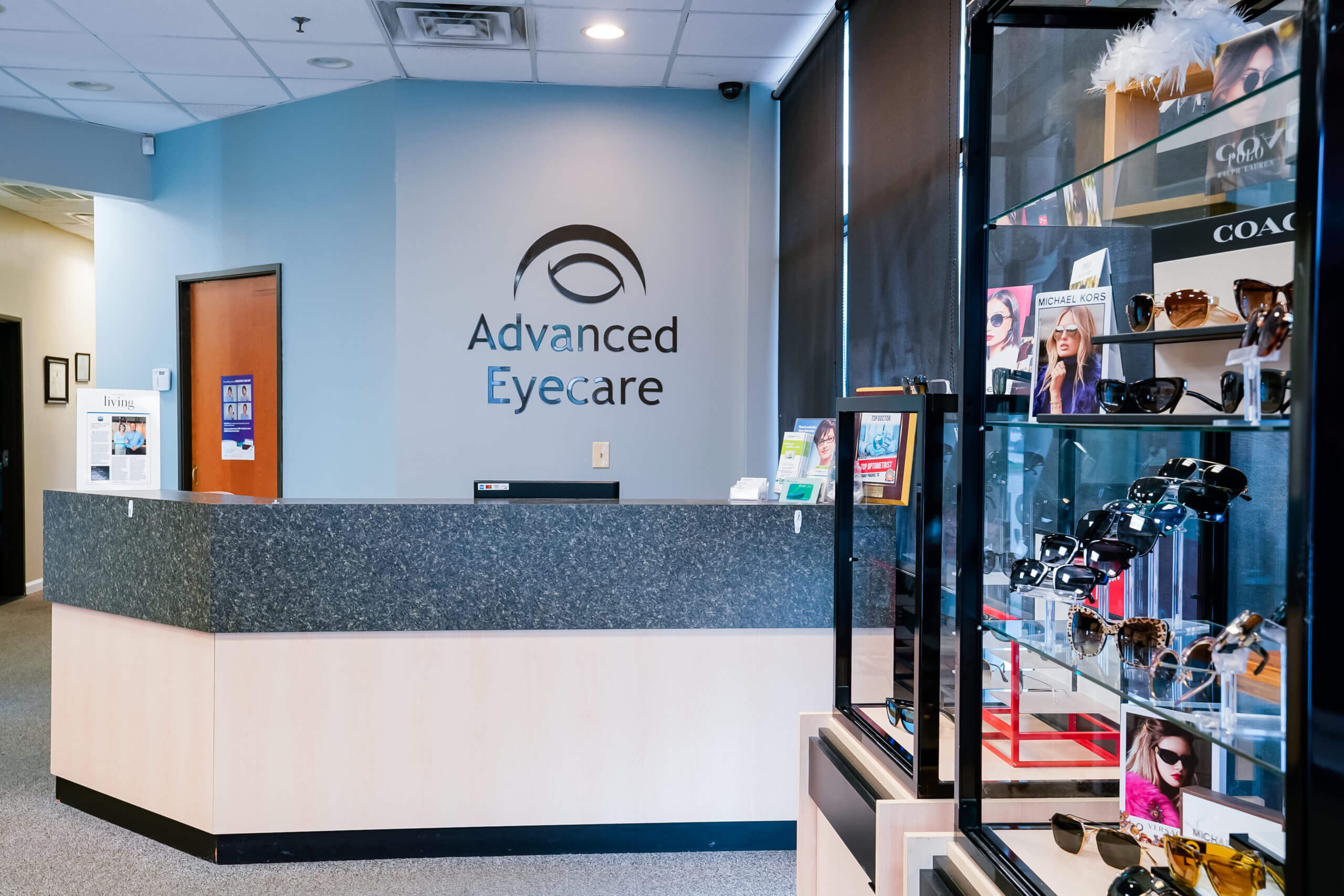Andalusia Ophthalmologist: Expert Ophthalmologists in Your Area
Andalusia Ophthalmologist: Expert Ophthalmologists in Your Area
Blog Article
The Advantages And Disadvantages of Various Refractive Surgeries for Improved Eyecare

LASIK Surgical Procedure
LASIK surgery is a typically done refractive procedure that intends to correct vision issues such as farsightedness, nearsightedness, and astigmatism. During the procedure, a thin flap is developed on the cornea, and a laser is made use of to reshape the underlying tissue, remedying the refractive error.
One of the key advantages of LASIK surgery is the quick enhancement in vision experienced by numerous people. Most individuals see a substantial improvement in their sight soon after the procedure, with marginal downtime needed for recovery. Additionally, LASIK is known for its high success price and low incidence of complications when executed by experienced surgeons. However, like any medical procedure, LASIK also carries some dangers, including completely dry eyes, glow, halos, and under or overcorrection of vision. It is important for individuals taking into consideration LASIK surgical treatment to go through a thorough assessment by an eye treatment professional to establish if they are ideal prospects for the procedure.
PRK Procedure
The PRK treatment, likewise recognized as Photorefractive Keratectomy, is a type of refractive surgical treatment that intends to remedy vision problems comparable to LASIK surgery. Unlike LASIK, which includes producing a flap in the cornea, PRK works on the surface area layer of the cornea.
One of the advantages of PRK over LASIK is that it eliminates the risk of flap-related complications because no flap is developed throughout the surgery. This can be advantageous for individuals with thin corneas or those included in get in touch with sporting activities where eye injury is an opportunity. The recovery time for PRK is commonly much longer contrasted to LASIK, as the outer layer of the cornea requires time to regenerate after the procedure. Regardless of the longer recuperation period, PRK can be an ideal choice for individuals seeking vision correction surgical procedure.
SMILE Surgical Procedure
A sophisticated refractive surgical treatment strategy getting popularity in the area of ophthalmology is SMILE Surgical treatment. Small Cut Lenticule Removal (SMILE) is a minimally invasive procedure that deals with vision by reshaping the cornea using a femtosecond laser. Unlike traditional LASIK surgical treatment, SMILE Surgery entails creating a small cut in the cornea to remove a lenticule, which leads to much less interruption to the corneal framework and potentially quicker recovery times.
Among the key advantages of SMILE Surgical treatment is its capacity to treat myopia (nearsightedness) and astigmatism with high accuracy, resulting in superb visual end results for patients. The minimally invasive nature of the treatment additionally reduces the risk of issues such as completely dry eye syndrome, making it a go to this site favorable alternative for people seeking refractive surgical treatment.

LASEK Strategy
Having discovered the benefits and factors to consider of SMILE Surgical procedure, an additional notable refractive surgical treatment method moved here worth taking a look at is the LASEK Method. LASEK, which represents Laser-Assisted Subepithelial Keratectomy, is a kind of laser eye surgery that aims to fix refractive errors such as nearsightedness (nearsightedness), hyperopia (farsightedness), and astigmatism.
Unlike LASIK, LASEK does not involve creating a corneal flap. Instead, during a LASEK procedure, the doctor makes use of a diluted alcohol option to loosen the thin external layer of the cornea, known as the epithelium. This layer is after that delicately moved aside to allow the laser to improve the underlying corneal cells. When the cornea has actually been improved to the preferred level, the epithelial layer is rearranged.
One of the primary benefits of LASEK is that it can be appropriate for individuals with slim corneas that may not be good prospects for LASIK. Furthermore, LASEK commonly causes very little post-operative pain and a quicker healing time contrasted to PRK. Nevertheless, the visual recuperation process with LASEK might be a little longer than with LASIK.
Implantable Get In Touch With Lenses
Implantable Contact Lenses supply a long-lasting vision adjustment remedy for people seeking an option to conventional contact lenses or glasses. These lenses, likewise referred to as phakic intraocular lenses, are operatively inserted right into the eye to remedy refractive errors such as nearsightedness (nearsightedness), hyperopia (farsightedness), and astigmatism. andalusia pediatrics. Unlike traditional get in touch with lenses that rest on the surface area of the eye, implantable contact lenses work within this the eye itself, giving clear vision without the need for day-to-day maintenance or elimination
One of the essential benefits of implantable contact lenses is their durability. When placed, they can continue to be in the eye indefinitely, providing constant and secure vision improvement. Additionally, these lenses can be an excellent choice for people that are bad prospects for laser eye surgery or who favor a relatively easy to fix vision adjustment procedure.
Nevertheless, implantable call lenses do lug some risks, including the capacity for cataracts or raised eye stress. It is crucial for individuals considering this alternative to talk to an eye care expert to figure out if implantable contact lenses are the right selection for their specific requirements and eye health.
Conclusion
In final thought, each type of refractive surgery has its own advantages and disadvantages. LASIK surgical procedure is prominent for its quick recuperation time, while PRK procedure may be appropriate for clients with slim corneas.

Overall, SMILE Surgical procedure offers an appealing option for individuals looking to improve their vision with refractive surgery.
Report this page